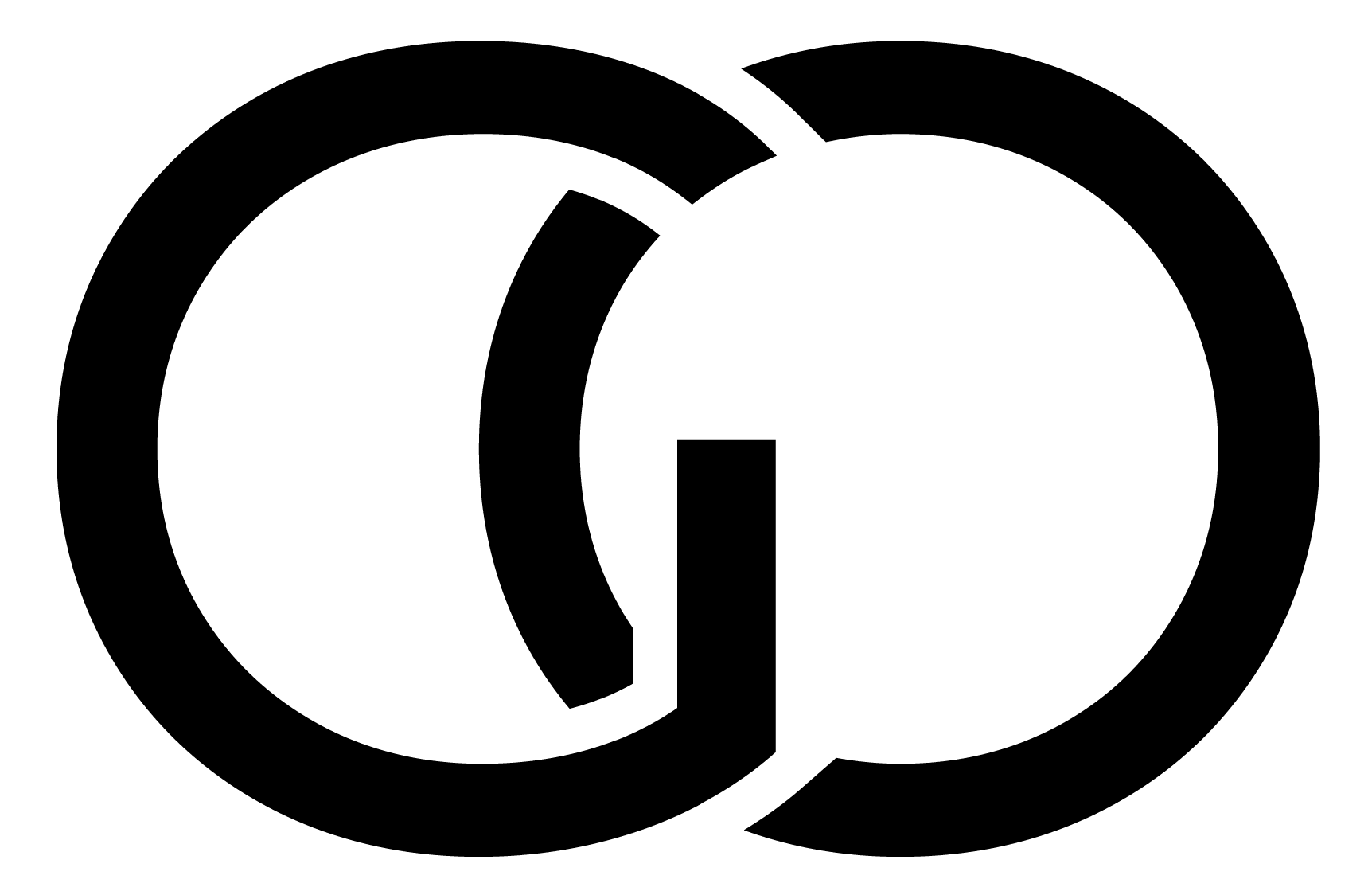Rotator Cuff Surgery
what does rotator cuff surgery involve?
Surgery to repair a rotator cuff tear involves reattaching the damaged tendon to the shoulder bone. You will need to have a general anaesthetic. When you are asleep, your anaesthetist may also place a nerve block injection to numb some of the nerves around the shoulder. In most cases, a keyhole approach is used to start with. A small camera is placed in the shoulder joint, and the whole joint is inspected for damage. Any bone spurs above the tendons are smoothed away (this is called an acromioplasty). The damaged tendons are then identified. Smaller tears can sometimes be repaired using keyhole techniques. For larger tears, a small incision is made over the front of the shoulder. Strong stitches are placed into the torn tendon, and these are secured to the bone using a small implant called a bone anchor. The skin is closed with dissolving stitches. A sling will be used to keep your shoulder in the correct position and you will be taken to the recovery area.
WHAT IS THE RECOVERY AFTER SURGERY?
Once the surgery is complete you will be taken to a hospital ward. On the ward, you can get up as soon as you have recovered from the anaesthetic. Most people will stay in hospital for one night and go home the next day. You will need to wear a sling for six weeks. The sling should be worn day and night to protect the healing tendons. It can be removed carefully for showering. After six weeks, exercises can start under the supervision of a physiotherapist. These will initially focus on regaining shoulder motion, and subsequently on building muscle strength. Full recovery after surgery can take 6- 12 months. Most people can drive after six weeks, once a sling is no longer required. Returning to work will depend on the individual requirements of your job. Office-based work is normally possible after a couple of weeks. If you have a heavy physical job, it may take several months before full duties are possible.
WHAT ARE THE RESULTS OF SURGERY?
The majority of patients experience improved shoulder strength and less pain following rotator cuff repair. Approximately 85-90% of patients achieve a good or excellent result. Factors which can reduce the chance of a good result include a large or massive tear, age over 70 years, diabetes and smoking.
WHAT ARE THE RISKS OF SURGERY?
Rotator cuff repair surgery is generally very safe, and the risks of a significant problem are low. The main risks of surgery include:
Infection
Stiffness
Ongoing pain
Re-tear - this is more common in patients over 70 years of age
Nerve injury.

